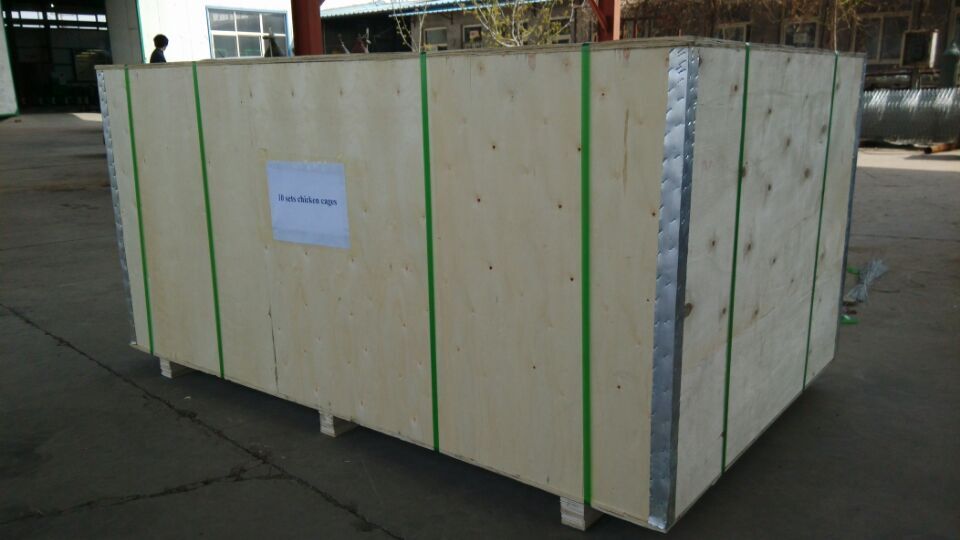Fish Feed Production Extruder Equipment for High-Quality Aquaculture Nutrition
Dec . 11, 2024 03:07 Back to list
Fish Feed Production Extruder Equipment for High-Quality Aquaculture Nutrition
Understanding Fish Feed Extruder Machines Revolutionizing Aquaculture
In the realm of aquaculture, the demand for efficient and high-quality fish feed has never been greater. As the industry strives to meet the nutritional needs of various fish species, the technology behind fish feed production has evolved significantly. One of the key innovations in this field is the fish feed extruder machine. This advanced equipment has transformed the way fish feed is produced, ensuring optimal quality, consistency, and efficiency.
What is a Fish Feed Extruder Machine?
A fish feed extruder machine is a specialized piece of equipment designed to process raw ingredients into high-quality fish feed pellets. The process involves mixing various components, including fishmeal, grains, vitamins, and minerals, and subjecting them to heat and pressure. This not only helps in cooking the ingredients but also improves nutrient absorption, leading to a healthier product for aquatic life.
The Process of Extrusion
The extrusion process in fish feed production involves several stages. Initially, raw materials are accurately measured and mixed to create a homogenous blend. The mixture is then fed into the extruder, where it undergoes intense heat and pressure. The physical and chemical changes during this process transform the mixture into a paste-like substance.
Once the mixture is ready, it is forced through a die, where it is shaped into pellets of various sizes and dimensions. These pellets are then cut to the desired length and subsequently cooled to stabilize their structure. The entire process is designed to be efficient, ensuring minimal waste while maximizing nutrient retention.
Advantages of Using Extruders in Fish Feed Production
fish feed extruder machine

1. Improved Feed Quality Extrusion enhances feed digestibility and nutrient availability. The cooking process kills pathogens and provides a more stable product that is less prone to spoilage.
2. Customization Fish feed extruders can be adjusted to produce pellets of various sizes and formulations. This flexibility allows producers to cater to the specific dietary needs of different fish species or respond to market demands rapidly.
3. Energy Efficiency Modern fish feed extruders are designed to be energy-efficient, which can significantly reduce production costs for aquaculture businesses.
4. Enhanced Floating Properties Extruded pellets are known for their excellent buoyancy. This property is particularly beneficial as it encourages fish to come to the surface for feeding, reducing feed wastage and improving feeding efficiency.
5. Environmentally Friendly The ability to process various raw materials and produce a complete feed reduces the reliance on fish-based ingredients, promoting sustainable practices within the aquaculture industry.
Conclusion
The fish feed extruder machine is a pivotal component of modern aquaculture, enabling producers to meet the increasing demand for high-quality fish feed efficiently and sustainably. With advancements in technology and processes, these machines not only improve the nutritional profile of fish feed but also contribute to more sustainable aquaculture practices. As the industry continues to grow, the role of extruders in fish feed production will undeniably become more significant, ensuring healthier fish and more sustainable seafood for future generations. As we embrace these innovations, the future of aquaculture looks promising, paving the way for a more secure food system reliant on sustainable practices.
-
Hot Sale 24 & 18 Door Rabbit Cages - Premium Breeding Solutions
NewsJul.25,2025
-
Automatic Feeding Line System Pan Feeder Nipple Drinker - Anping County Yize Metal Products Co., Ltd.
NewsJul.21,2025
-
Automatic Feeding Line System Pan Feeder Nipple Drinker - Anping County Yize Metal Products Co., Ltd.
NewsJul.21,2025
-
Automatic Feeding Line System - Anping Yize | Precision & Nipple
NewsJul.21,2025
-
Automatic Feeding Line System - Anping Yize | Precision & Nipple
NewsJul.21,2025
-
Automatic Feeding Line System-Anping County Yize Metal Products Co., Ltd.|Efficient Feed Distribution&Customized Animal Farming Solutions
NewsJul.21,2025






